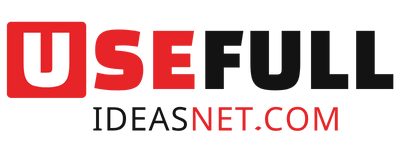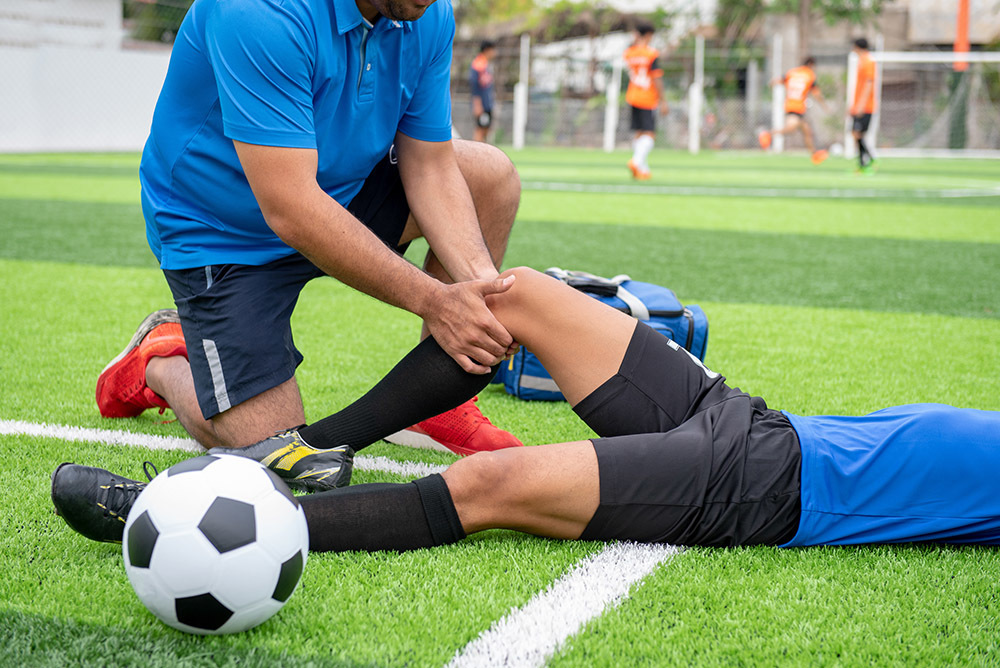Sports and physical activity are an important part of many people’s lives. Whether you’re a professional athlete or someone who enjoys working out, injuries can happen. When they do, recovery becomes a top priority. This is where sports medicine plays a crucial role. It helps athletes heal properly, regain strength, and safely return to their sport.
In this article, we’ll explore how sports medicine helps athletes recover from injuries in a safe, effective, and long-lasting way.
What Is Sports Medicine?
Sports medicine is a specialized branch of healthcare focused on preventing, diagnosing, and treating injuries related to sports and physical activity. It doesn’t just treat injuries—it also helps athletes improve performance and maintain overall physical health.
Professionals in sports medicine include:
- Sports medicine doctors
- Physical therapists
- Athletic trainers
- Orthopedic surgeons
- Nutritionists
- Rehabilitation specialists
Together, these experts work as a team to help athletes heal faster and return to peak condition.
Common Sports Injuries
Before we dive into recovery, let’s look at some common sports-related injuries that sports medicine deals with:
- Sprains and strains (ligament and muscle/tendon injuries)
- Fractures and dislocations
- Torn ligaments (like ACL tears)
- Tendinitis and bursitis
- Shin splints
- Back pain
- Concussions
- Rotator cuff injuries
These injuries vary in severity. Some can heal with rest and therapy, while others require surgery or long-term rehab.
The Role of Sports Medicine in Injury Recovery
Here’s how sports medicine helps athletes recover effectively and return to action:
1. Accurate Diagnosis
The first step in any recovery is understanding what’s wrong. Sports medicine specialists use:
- Physical exams
- Medical imaging (MRI, X-rays, ultrasound)
- Functional tests
These tools help identify the exact injury, its severity, and the best path forward.
2. Personalized Treatment Plans
Each injury and each athlete is different. A sports medicine team will create a customized recovery plan, which may include:
- Rest and modified activity
- Physical therapy sessions
- Pain management (ice, medication, taping)
- Bracing or supportive gear
- Gradual return-to-play strategies
This ensures the athlete heals properly without rushing, which reduces the risk of re-injury.
3. Physical Therapy and Rehabilitation
Rehabilitation is a key part of recovery. Sports medicine therapists work on:
- Restoring strength and flexibility
- Improving range of motion
- Correcting movement patterns
- Balance and coordination training
For example, after a knee injury, exercises might focus on strengthening the quads, hamstrings, and improving stability. Over time, the athlete regains full function and confidence in the joint.
4. Injury Prevention Education
Sports medicine doesn’t just treat injuries—it also prevents future ones. Professionals teach athletes:
- How to warm up and cool down properly
- Safe techniques during training and play
- Muscle strengthening exercises
- Recovery routines, such as stretching and foam rolling
- Proper equipment use and body mechanics
Education empowers athletes to make smarter, safer choices.
5. Mental and Emotional Support
Injuries can be frustrating, especially for competitive athletes. Sports psychologists or counselors can help manage:
- Anxiety about returning to play
- Frustration during long recoveries
- Motivation challenges
- Confidence rebuilding
Mental health support is a growing part of sports medicine and is essential for holistic recovery.
6. Advanced Treatments and Technology
Sports medicine often uses cutting-edge treatments to speed up healing:
- Platelet-Rich Plasma (PRP) Therapy
- Stem cell therapy
- Cold laser therapy
- Ultrasound therapy
- Cryotherapy (cold treatment)
- Kinesiology taping
These methods reduce pain, promote tissue repair, and shorten recovery time.
Case Study: Recovery from a Torn ACL
Let’s take an example: An athlete tears their ACL (a major ligament in the knee). Here’s how sports medicine supports the recovery:
- Initial Assessment: Doctor uses MRI and physical exams.
- Surgery (if needed): Orthopedic surgeon performs ACL reconstruction.
- Rehab: Physical therapy starts with gentle movements, then moves to strength building, balance, and agility.
- Mental coaching: Psychologist helps athlete stay positive and confident.
- Gradual return: The athlete resumes training with limits, eventually returning to full play over months.
Without sports medicine, this process would be longer, riskier, and less effective.
Benefits of Sports Medicine for Athletes
- Faster recovery
- Lower risk of re-injury
- Improved physical performance
- Better pain management
- Greater mental resilience
- Customized care for every body type and sport
Whether it’s a weekend runner or a pro soccer player, everyone benefits from sports medicine.
Tips for Athletes Recovering from Injury
If you’re currently recovering from an injury, here are a few key tips:
- Follow your treatment plan strictly.
- Be patient—healing takes time.
- Communicate honestly with your medical team.
- Don’t skip rehab exercises.
- Take care of your mental health.
Recovery isn’t just about the body—it’s about the whole person.
Conclusion
Injuries are part of an athlete’s journey—but they don’t have to be the end of it. Sports medicine plays a vital role in helping athletes heal safely, fully, and confidently. From diagnosis to rehab, and from education to emotional support, sports medicine professionals are dedicated to keeping athletes in top shape.
If you’re facing an injury or looking to stay injury-free, don’t overlook the power of modern sports medicine. It could be the key to your strongest comeback yet.
5 Frequently Asked Questions (FAQs)
1. What kind of doctor should I see for a sports injury?
You should see a sports medicine doctor or orthopedic specialist. They’re trained to diagnose and treat musculoskeletal injuries related to physical activity.
2. How long does it take to recover from a sports injury?
It depends on the type and severity of the injury. Minor sprains may heal in 1–2 weeks, while ligament tears can take 3–12 months with surgery and rehab.
3. Can sports medicine help non-athletes?
Absolutely! Anyone with an injury from physical activity—such as walking, hiking, or gym workouts—can benefit from sports medicine.
4. Do I need surgery for every sports injury?
No. Many sports injuries heal with rest, physical therapy, and conservative treatments. Surgery is only needed for severe injuries.
5. How can I prevent future sports injuries?
Warm up properly, train smart, use the right gear, get enough rest, and work with sports medicine professionals to develop a safe routine.




